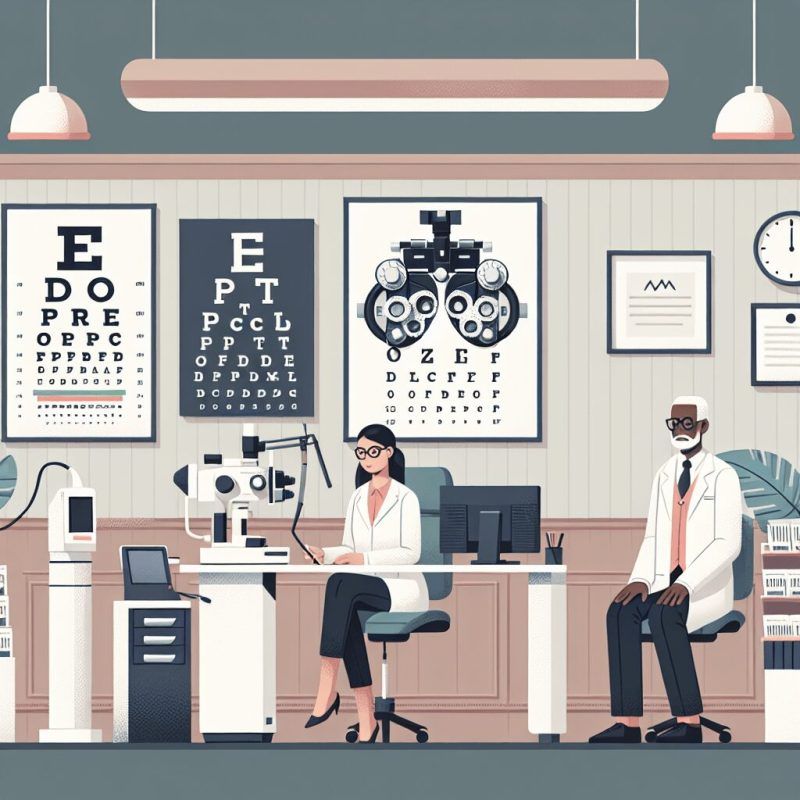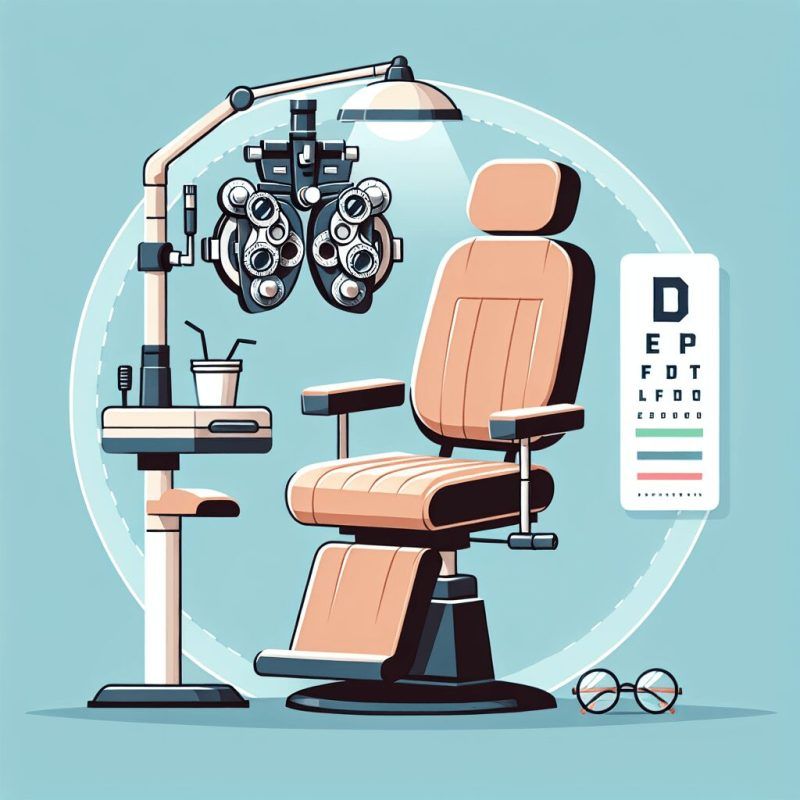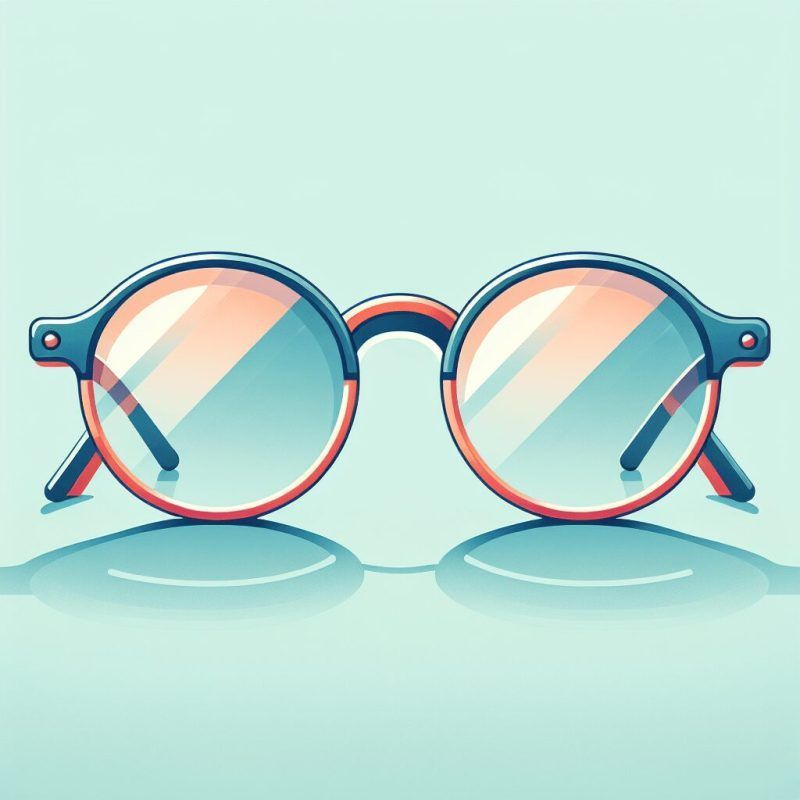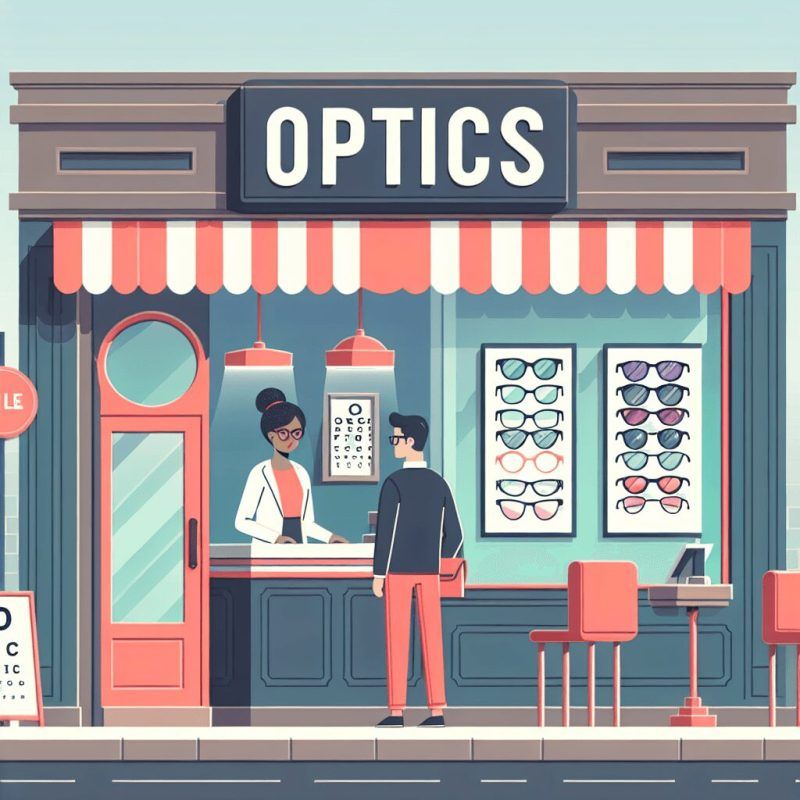Doctor's Corner
Choose corrective eyeglass lenses for clear vision
Do you struggle to see clearly? Corrective eyeglass lenses can help. By picking the right lenses, you can improve your vision and make daily activities easier.
Options range from single vision to progressive lenses to meet your specific needs. Discover how to choose the best corrective eyeglass lenses for clear vision in this article.
Understanding Corrective Eyeglass Lenses
Prescription of Corrective Lenses
When prescribing corrective lenses, eyecare professionals consider different factors:
-
Refractive errors like myopia, hypermetropia, astigmatism, and presbyopia influence the prescription.
-
Base curve, vertex distance, refractive index, Abbe number, and lens profile are taken into account.
-
Various types of lenses, such as mono-focal, bifocal, trifocal, and progressive, are recommended based on individual needs.
-
Optometrists and ophthalmologists assess binocular vision and chromatic aberration for precise correction.
-
The prescription process involves determining the diopter strength of each eye to focus light on the retina effectively.
-
From traditional spectacles to multifocal contact lenses and intraocular options, lens designers customize prescriptions for optimal vision.
-
Varifocal lenses for seamless transitions or tailored magnifiers for specific tasks aim to address hyperopia, myopia, presbyopia, and astigmatism effectively.
Different Lens Types
There are different types of lens materials in eyeglasses. These include traditional optical crown glass, high-index plastics, and polycarbonate.
High-index plastics are thinner and lighter than traditional glass lenses. They are more comfortable to wear and have a higher refractive index, bending light more efficiently. This allows for thinner lenses to correct vision issues like myopia or hyperopia.
An anti-reflective coating is often applied to lenses, reducing glare and reflections. This coating improves vision by letting more light through the lens, reducing eye strain, and enhancing clarity and contrast.
Eyecare professionals recommend anti-reflective coatings for those who spend lots of time in front of digital screens or drive at night. It can greatly improve visual comfort and acuity.
Lens Optical Profile
A lens optical profile includes factors like prescriptions, base curve, and refractive index. Other elements are vertex distance and Abbe number.
These elements determine the optical characteristics of corrective lenses. They ensure proper vision correction for myopia, hyperopia, astigmatism, and presbyopia.
The lens profile directly affects visual clarity and comfort. It addresses chromatic aberration and ensures light focuses properly on the retina.
Understanding the lens optical profile is important when choosing corrective lenses. It ensures refractive errors are corrected, leading to better vision and eye health.
Eyecare professionals, such as optometrists and ophthalmologists, need accurate lens profiles. They use them to offer personalized solutions, like glasses, contact lenses, or intraocular lenses.
Factors such as bifocals, trifocals, and multifocal lenses are considered. Lens designers optimize the optical profile for binocular vision and enhance the patient’s visual experience.
Understanding Lens Materials
Optical Crown Glass
Optical Crown Glass is a popular choice for corrective lenses because of its unique properties. The high refractive index of this material allows for thinner lenses, making them more aesthetically pleasing and comfortable to wear. Additionally, the low dispersion of Optical Crown Glass reduces chromatic aberration, ensuring clearer vision.
Compared to other lens materials like plastic, Optical Crown Glass has a distinct optical profile that offers excellent clarity and minimal distortion. However, it is heavier than alternative materials, which may not be ideal for those seeking lightweight options.
Eyecare professionals, such as optometrists and ophthalmologists, may recommend Optical Crown Glass for individuals with specific vision needs, like astigmatism or hypermetropia. Understanding factors such as the base curve, Abbe number, and vertex distance when using Optical Crown Glass is essential for achieving accurate vision correction.
Plastic, Trivex, and Polycarbonate
Correcting vision with eyeglasses involves choosing between different lens materials – plastic, Trivex, and polycarbonate.
Plastic lenses are thin and light due to their high refractive index. Trivex lenses offer impact resistance and clarity, while polycarbonate lenses are durable and protect against impact.
Consider factors such as prescription strength, lens thickness, and intended use when selecting between these materials.
Also, think about chromatic aberration, base curve, vertex distance, and the abbe number for proper vision correction.
Consulting with an optometrist or eyecare professional is essential to pick the best material for myopia, hypermetropia, astigmatism, or presbyopia.
High-Index Plastics
High-index plastics are great for eyeglass lenses. They make the lenses thinner and lighter compared to regular materials. These plastics are especially good for strong prescriptions, reducing the magnifying effect.
Compared to other materials like glass, plastic, trivex, and polycarbonate, high-index plastics look better because they are thin and light. They also help reduce visual issues like chromatic aberration and distortion, giving clearer vision.
In eye care, high-index plastics are liked for their thinness and the ability to correct vision well. Eye doctors often suggest these plastics to patients with myopia, hypermetropia, astigmatism, and presbyopia because they correct vision without needing thick lenses.
Ophthalmic Material Property Tables
Ophthalmic Material Property Tables provide details on corrective lenses, like glasses and contact lenses.
These tables help eye-care professionals select the right lenses for vision needs such as myopia and astigmatism.
Key properties include refractive index, Abbe number, lens profile, base curve, and chromatic aberration.
By using these tables, optometrists can choose the best lens design, material, and power for correcting refractive errors.
For example, they assist in selecting bifocal lenses for patients with astigmatism.
Exploring Lens Coatings
Anti-Reflective Coatings
Anti-reflective coatings on glass lenses offer many benefits.
They reduce glare from artificial lighting, computer screens, and headlights, improving vision quality.
These coatings enhance contrast and clarity, especially in low-light conditions, by minimizing reflections.
Compared to other coatings, anti-reflective coatings are more effective at reducing unwanted reflections, leading to clearer vision.
They also make the lenses almost invisible, improving their appearance.
Eyecare professionals often recommend these coatings for individuals with high prescriptions, astigmatism, or sensitivity to glare.
The coating reduces chromatic aberration and glare from the back of the lens.
For people with corrective lenses, especially bifocals or multifocal, anti-reflective coatings help optimize vision and comfort all day.
Ultraviolet Protection
Ultraviolet protection in eyeglass lenses has many benefits.
It helps avoid eye damage from UV radiation, which can lead to vision issues like cataracts, macular degeneration, and photokeratitis.
UV protection can be added through a special lens coating or by using UV-blocking materials in the lens itself.
Choosing lenses with UV protection can help maintain eye health and protect vision from UV radiation harm.
Consulting eyecare professionals like optometrists or ophthalmologists is crucial to finding the right UV protection for specific refractive errors.
Scratch Resistance
Factors like the material used, lens profile, and lens designers impact how scratch-resistant glasses and corrective lenses are.
Materials with a higher refractive index and Abbe number are more resistant to scratches, reducing daily wear and tear damage.
Lens coatings can also improve scratch resistance, safeguarding the lens surface from impairing scratches.
Keeping lenses scratch-free is vital for their durability and longevity.
Scratches can create blemishes that distort vision, particularly crucial for tasks like distance correction.
FAQ
How do I know if I need corrective eyeglass lenses for clear vision?
If you are experiencing headaches, blurred vision, or difficulty seeing objects at a distance or up close, it is recommended to schedule an eye exam with an optometrist to determine if corrective eyeglass lenses are needed for clear vision.
What are the different types of corrective eyeglass lenses available?
The different types of corrective eyeglass lenses available include single-vision, bifocal, trifocal, and progressive lenses. Single-vision lenses correct vision at one distance, while bifocal, trifocal, and progressive lenses have multiple focal points for near and far vision.
How do I choose the right prescription for my corrective eyeglass lenses?
To choose the right prescription for your corrective eyeglass lenses, get an eye exam from an optometrist or ophthalmologist. The prescription will include measurements for each eye’s refractive error, astigmatism, and any other vision issues. Consult with your eye care professional for guidance on lens options.
Can I get special coatings on my corrective eyeglass lenses for added protection?
Yes, you can get special coatings on your corrective eyeglass lenses for added protection. Examples include anti-scratch coating, anti-reflective coating, and UV protection coating. Contact your eye care provider to discuss options.
Are there any lifestyle factors to consider when choosing corrective eyeglass lenses?
Yes, some lifestyle factors to consider when choosing corrective eyeglass lenses include activities that require scratch-resistant coatings (such as sports), anti-reflective coatings for those who work at a computer, and photochromic lenses for those who frequently transition between indoor and outdoor settings.
Are you looking for top-notch eye-care professionals to cater to your prescription lens needs? Visit our two locations: Superior Eye Care in The Woodlands, Texas, and Quality Eye Care in Willowbrook, Texas. Experience exceptional eye-care services that will leave you with a sense of satisfaction and well-being.
The post Choose corrective eyeglass lenses for clear vision first appeared on Optometrist in Woodlands & Willowbrook TX.
Doctor's Corner





